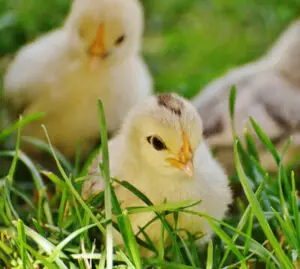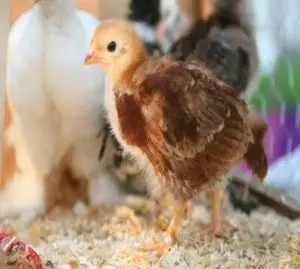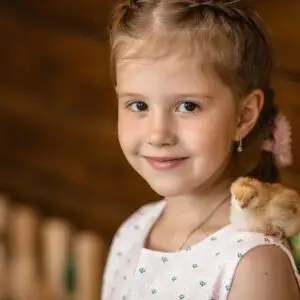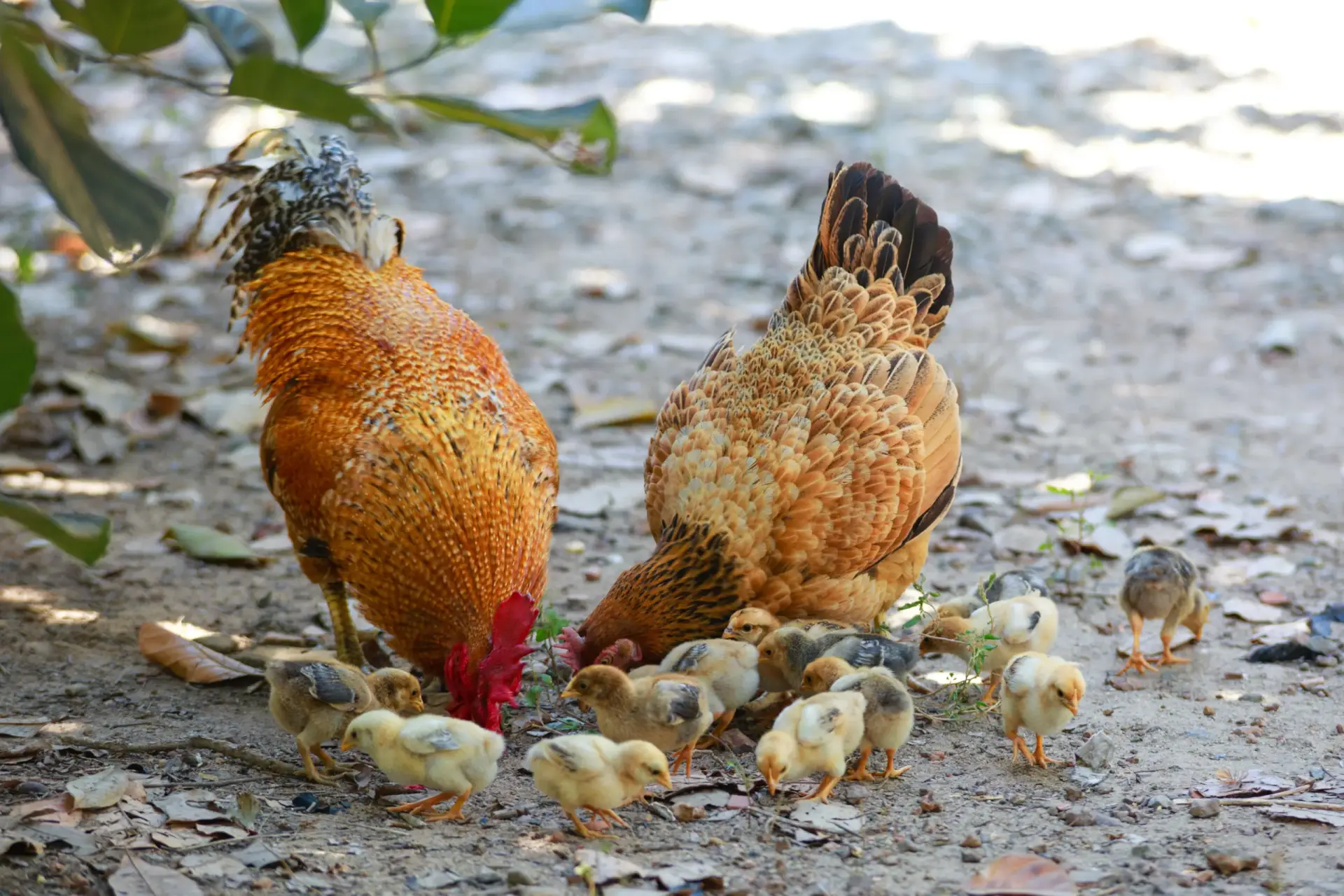
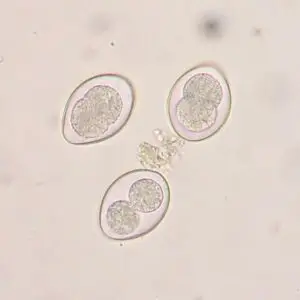
If you’re a chicken owner, then you should be aware of the dangers of coccidiosis. This deadly disease can affect both chickens and other animals and can often be fatal. In this post, we’ll take a closer look at what coccidiosis is, how to recognize the symptoms, and how to treat it. We’ll also discuss some preventative measures that you can take to help protect your chickens from this disease. So, if you’re interested in learning more about coccidiosis in chickens, keep reading!
Do not use this article as the sole source of information on veterinary topics. The materials contained on this website are provided for general information purposes only and are not intended to be the sole alternative to expert advice on any subject. Talk to your local veterinarian for diagnostic and treatment advice.
Coccidiosis is a condition that can affect chickens before they reach maturity. The six species of Eimeria (cocci) and their effects vary from harmless to life-threatening, depending on how severe it gets. There may also be other factors at play, such as environmental conditions.
There are six species of Eimeria (coccidiosis) which are most significant for chickens: E. tenella, E. brunetti, E. necatrix, E. maxima, E. mitis and E. acervulina. It can be important to determine which species of coccid gets into your birds’ system, but this can be hard since they often work together. We use the location in the host bird and the appearance of lesions in determining the species present. It is important to note that this disease is not infectious between very different species. Livestock cannot infect poultry, for example, but closer species can infect one another. Coccidiosis can travel between ducks, chickens, turkeys and geese.
Lifecycle of Coccidiosis
Understanding the lifecycle of coccidiosis can help you control the disease in your poultry population. The lifecycle begins at a generally harmless stage. This stage is contained within a hardy thick-walled oocyst. You can think of an oocyst as similar to an egg. It has the material that causes coccidiosis, but even if eaten it cannot cause an active infection. The oocyst develops over a period of time and becomes infectious. This can happen in as little as 24 hours in a warm and humid environment. Although an oocyst can remain non-infectious in a less optimum environment, the thick wall of the oocyst can keep it from perishing. This makes it difficult to eradicate potential infections since the oocyst is resistant to disinfectants and can survive for years.
When an oocyst develops into the infectious stage, this is called sporulation. Once the oocyst develops or is sporulated, chickens can eat it and cause active coccidiosis. These sporocysts change into sporozoites, which replicate. Once sporozoites have replicated in the cell, the cell bursts which produces another stage of coccidiosis called merizoites. Infected chickens produce more oocysts and the infection spreads. It is necessary to take measures to interrupt and end the life cycle.
Identifying Coccidiosis in Your Flock
The chicken coccidiosis is a highly contagious and tasteless infection that birds can contract in almost any type of poultry-raising operation. The symptoms are not usually seen until after ingestion large numbers of sporulated oocysts. At this point birds will start producing watery or bloody diarrhea and exhibit weight loss. Blood or mucous is often present in the droppings. Chickens may also appear weak and have ruffled or dirty feathers. They may lack appetite and lay fewer or no eggs.
Besides shedding these organisms internally (in their droppings), clinically infected chickens also produce over 100 spores per gram stool, which contaminate feed dust & soil around them. The appearance of the lesions and other signs can be compared to diagnostic charts. This helps identify the presence of coccidiosis and the type of coccidial species. Mixed coccidial infections are common. A veterinarian can do a fecal test as well, which is the best way to be sure you have identified infection accurately.
Treatment for Infected Poultry
Coccidiosis damages the tissue of the gut and can be fatal to birds, but with early diagnosis it can be treated. The entire flock should be treated if the infection is identified in one or more birds. There are commercial anticoccidials that block the parasite and end the lifecycle. You will see some recommendations online for DIY and natural treatments, but these can be useless or even harmful. Amprolium (ex. CORID®) is one commonly used treatment, although there are others that work in the same way. These treatments keep the parasite from uptake and multiplication. Birds may improve within 24 hours but the treatment should be given for 7 days or as directed by a veterinarian. A second round of treatments may be suggested to make sure that the disease is completely eradicated. It is important to note that treatments like Amprolium can affect metabolism of B vitamins, so supplementation is often recommended.
Prevention in All Flocks
Prevention can start as soon as you add to your flock. Medicated starter feed is a great option. A good safety measure includes quarantining new members for 3 weeks before letting them integrate into the existing group. Keep brooders, tools and feeding/watering areas clean. Don’t overcrowd your coop. If your flock has been infected and treated, or better yet has not yet been infected, prophylactic treatment with anticoccidials can literally be a lifesaver. Dosing in water cannot always be done during an active infection as birds may not drink enough to get rid of the infection.
Therapeutic and preventative treatment is often administered in water since the birds are still healthy and an entire flock can be protected at once. Your veterinarian may recommend that you discontinue treatment occasionally to reduce the chance of drug-resistant strains of the disease. These chances can also be reduced by rotating between different medicines. The different types of drugs that can be used to treat coccidiosis have a variety in their effects. For example, some may stop the growth but still allow development, while others only kill those cells where it occurs and not necessarily all progressing ones.
Proper preventative care and timely treatment for disease are essential to keeping your flock healthy. Infections can spread quickly in a flock, so it is important to be vigilant in identifying potential problems and treating them as soon as possible. By understanding poultry infections and taking the appropriate steps to prevent and treat them, you can help ensure that your birds remain healthy and productive. Have you had any trouble with poultry diseases? What measures do you take to keep your flock healthy?
Share:
Maddie
Blog Categories
Social Media
Most Popular

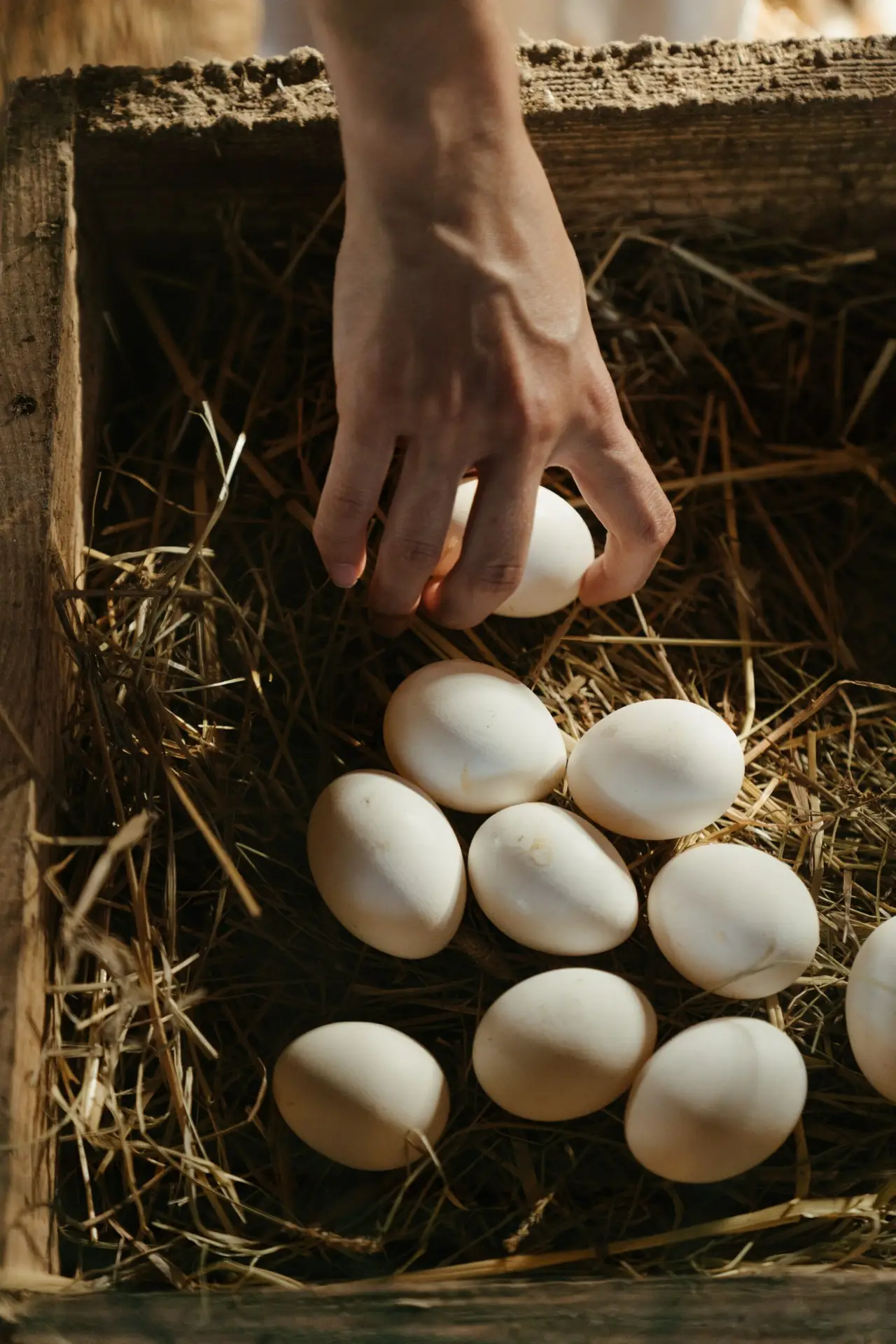
Quick Tips: Addressing Egg Laying Concerns
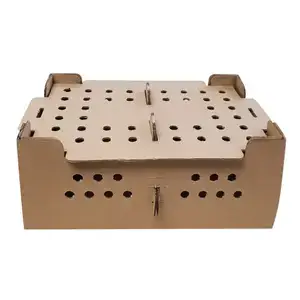
Tips for Chick Season
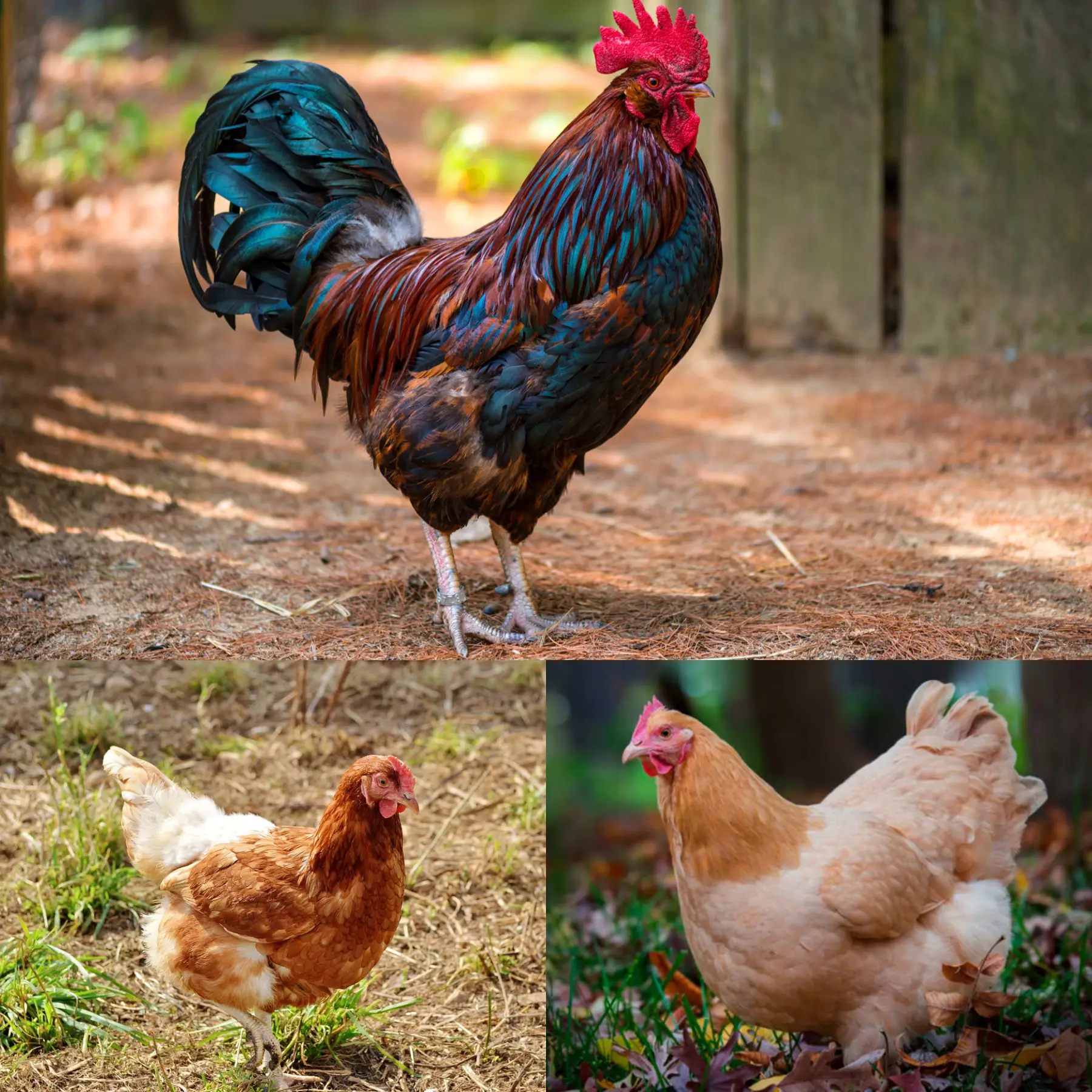
Quick Tips: Hen or Rooster?
Subscribe To Our Newsletter
Get notifications only about new products and updates.
Related Posts

Integrating New Chicks into Your Established Flock
Integrating new chicks to an established flock of chickens can be a delicate process. For many poultry keepers, the integration is crucial to maintaining peace

Quick Tips: Addressing Egg Laying Concerns
Not Getting Eggs from Your Hens? Here’s What You Need to Know! Are your hens taking their sweet time before they start laying eggs, or

Tips for Chick Season
Hey there, chicken enthusiasts! Are you ready for the upcoming chick season at Valley Hatchery? Let us share some tips to make sure your season

Quick Tips: Hen or Rooster?
Image Source: Grubbly Farms If you’ve found your way here, you’re likely in that common situation of scratching your head and wondering, “Is my chicken


